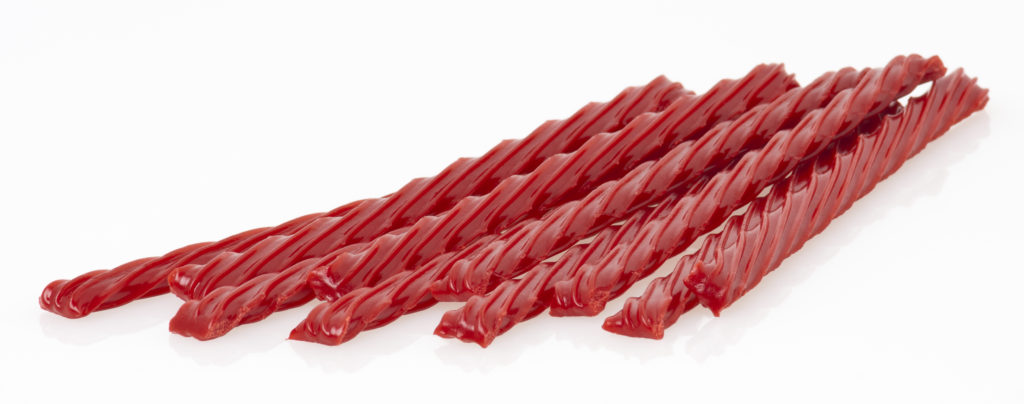
Title: FDA Greenlights Three Natural Food Colorants as U.S. Takes Steps to Eliminate Synthetic Dyes
In a significant regulatory change, the U.S. Food and Drug Administration (FDA) has authorized three new food colorants sourced from natural origins, signifying an important advance in the ongoing effort to phase out synthetic, petroleum-based colorants from the American food system. This initiative is part of a larger public health strategy under the Trump administration, aiming to motivate food producers to voluntarily swap out contentious artificial colorants for safer, naturally-sourced options by the end of 2026.
Overview of Synthetic Dye Phase-Out
Synthetic food colorants have long sparked discussion among scientists, healthcare experts, and consumer advocacy organizations due to possible health issues, such as behavioral problems in children and potential cancer links in animal studies. Numerous colorants commonly utilized in the U.S. face bans or strict regulations in the United Kingdom and the European Union. In response to increasing pressure and a rising consumer inclination towards cleaner labels, the Department of Health and Human Services (HHS), which supervises the FDA, has supported a gradual industry-wide transition to natural alternatives.
“For far too long, our food system has depended on synthetic, petroleum-based dyes that provide no nutritional benefits and introduce unnecessary health hazards. We’re eliminating these dyes and endorsing safe, natural alternatives – to safeguard families and promote healthier choices,” remarked Robert F. Kennedy Jr., Head of HHS.
The Recently Approved Natural Colorants
On May 9, 2024, the FDA gave the green light to three new color additive petitions:
1. Galdieria Extract Blue
Sourced from the red algae species Galdieria sulphuraria, this blue pigment is applicable in various food and beverage items, including non-alcoholic drinks, smoothies, yogurt beverages, and fruit beverages. Developed by the French biotech firm Fermentalg, Galdieria Extract Blue is still pending approval in the UK and EU, where regulatory petitions are under assessment.
2. Butterfly Pea Flower Extract
Previously utilized in a limited selection of U.S. food and drink products, butterfly pea flower extract has now received approval for broader application, including cereals, crackers, snacks, and other types of beverages. In contrast to synthetic colorants that necessitate chemical processing, this natural extract provides an appealing spectrum of blue, purple, and green shades. Although currently categorized as a ‘Novel Food’ in the EU, where it is only sanctioned as a food supplement, U.S. approval indicates a growing interest in its wider application.
3. Calcium Phosphate White
Authorized for use in ready-to-eat meat items like chicken and dessert products such as doughnut sugar and candies, calcium phosphate offers a natural white color. Frequently used as a food additive in Europe, this approval follows a petition submitted in 2023 by the New Jersey-based chemical company Innophos.
Industry Reaction: Support and Doubts
The FDA’s endorsement of natural colorants has triggered a mixed reaction among industry participants.
The Consumer Brands Association, which represents food and beverage producers, voiced caution regarding the initiative. Melissa Hockstad, the association’s president and CEO, stated, “The ingredients found in America’s food supply have undergone extensive scrutiny… and have been proven to be safe.” She also cautioned against making rapid adjustments that could disrupt supply chains and limit consumer access to popular, affordable products.
Similarly, the International Association of Color Manufacturers (IACM) pointed out that approved synthetic colorants are widely utilized, even in areas like Europe where certain restrictions apply. The organization expressed concerns about the technical and economic hurdles of substituting synthetic dyes by 2026, asserting that the current reformulation efforts “disregard scientific data and underestimate the intricacies of food production.”
Red 3 Ban and Anticipated Regulatory Developments
The approval of natural colorings follows earlier regulatory actions concerning erythrosine, commonly known as Red 3. Prohibited in January 2024 under the Biden administration, Red 3 had long been suspected of contributing to cancer risk. Research demonstrating carcinogenic effects in male rats led the FDA to withdraw it from food, beverages, and oral medications, accompanied by an expedited phase-out timeline for manufacturers.
Looking Forward: A More Natural U.S. Food Landscape
While the FDA’s recent approvals do not impose a compulsory ban on synthetic dyes, they resonate with a rising consumer demand for cleaner, more transparent food labeling. These developments highlight a transformative change in the food industry, where natural ingredients are becoming not only favored but anticipated.
As companies initiate product reformulations to adhere to the voluntary 2026 target, consumers can look forward to an increased presence of naturally colored foods and beverages. Despite challenges ahead, the FDA’s approvals lay the groundwork for safer, more health-aware options in the U.S. food supply.
With international regulatory bodies observing closely—and certain petitions already awaiting review in Europe—these actions may establish a precedent for broader global adoption of natural food colorants in the near future.